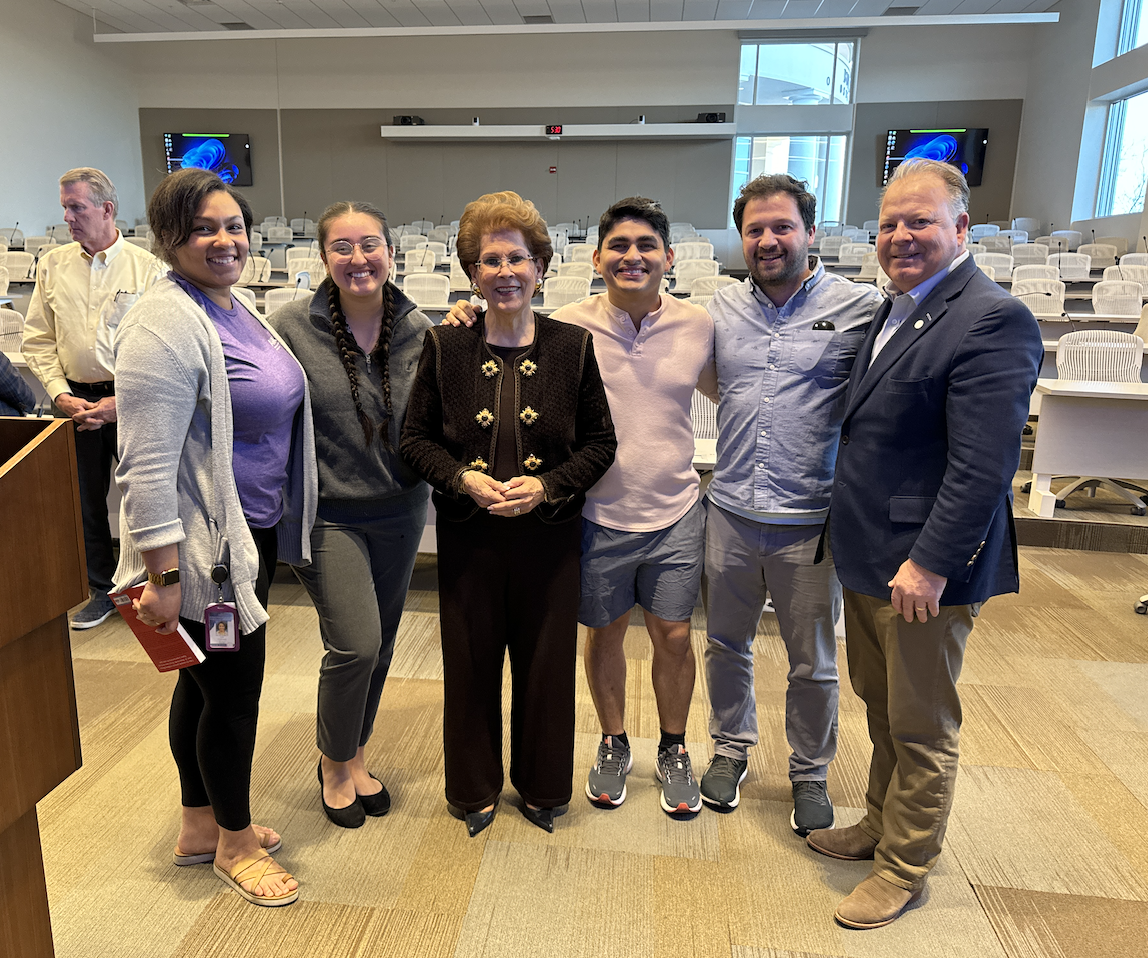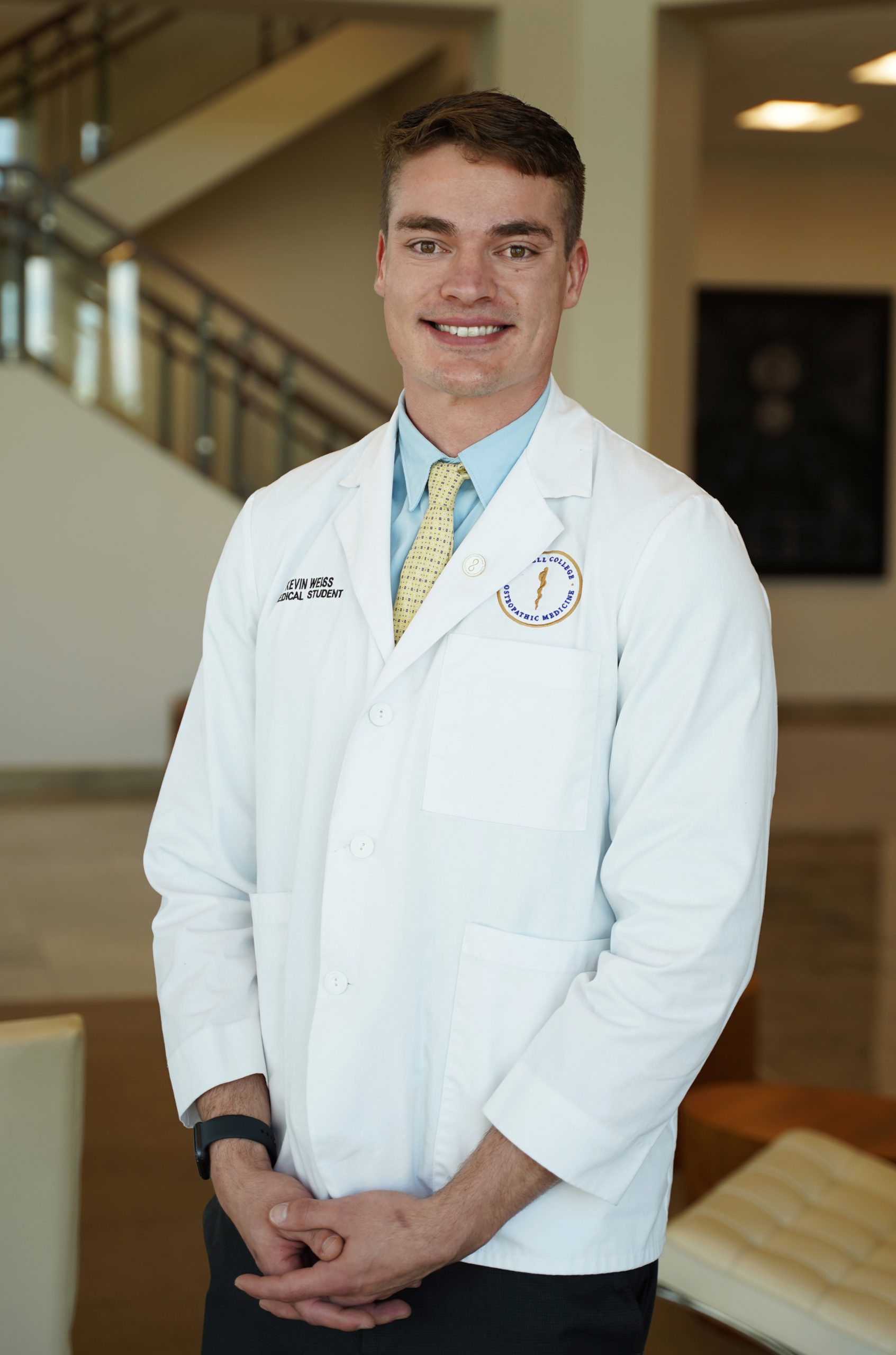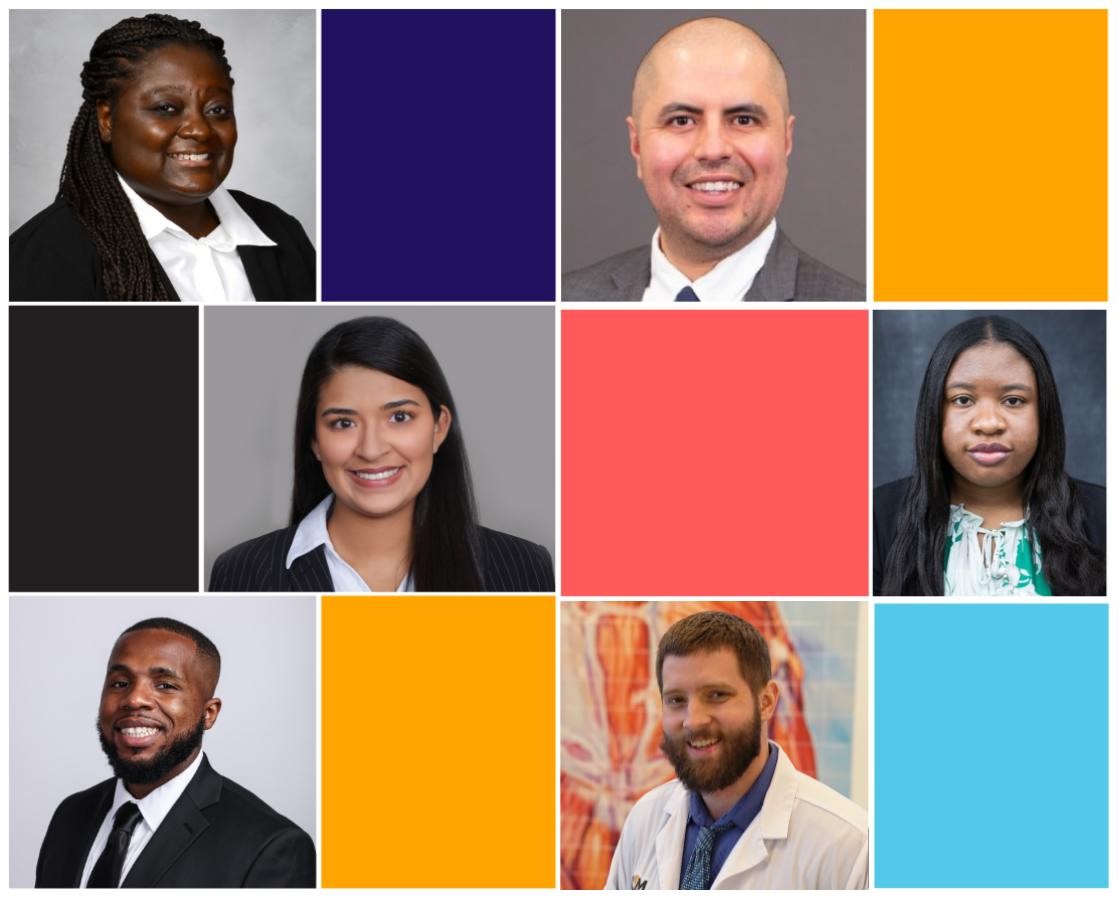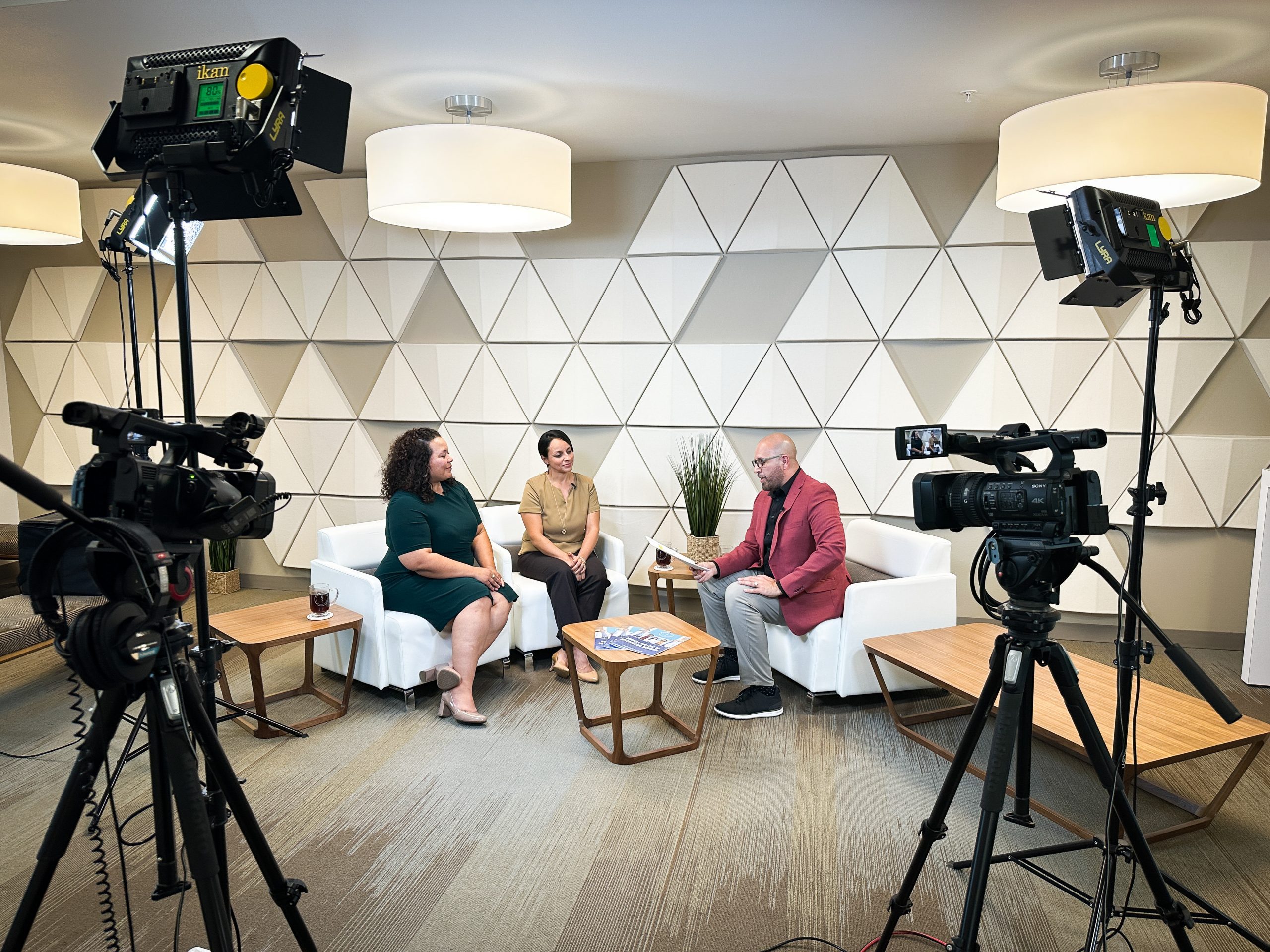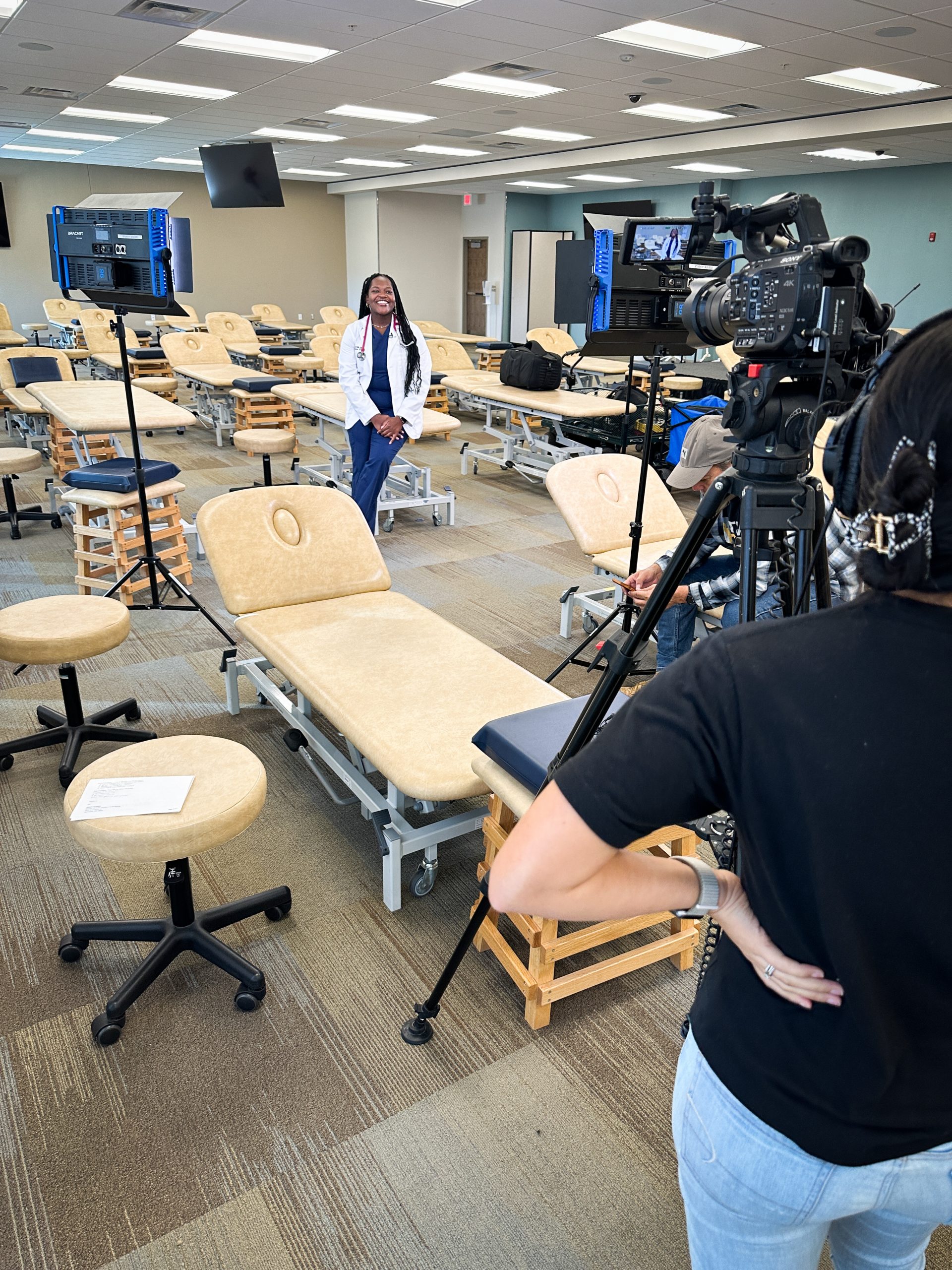
Las Crucen Mary Smith (not her real name) spent years searching for answers to her health problems. In 2013, she began to experience a number of symptoms including back pain, pressure in her right ear, hearing loss, and a flu-like achiness that wouldn’t go away. “I went to so many doctors from my primary care provider to ear, nose and throat specialists to endocrinologists and neurologists. Most spent no more than a few minutes with me. They’d look in my ears and tell me there was nothing wrong. Some prescribed medications that never seemed to help; others referred me to yet another specialist. One even told me, ‘Just deal with it.’”
Through word-of-mouth, she heard about LeAnn Jons-Cox, a doctor of osteopathic medicine (DO) and a faculty member at the Burrell College of Osteopathic Medicine. One appointment with Dr. Jons-Cox made all the difference in the world. “I literally started crying in her office,” Smith remembered. “She spent lots of time with me on my first appointment. We talked about everything from childhood injuries to my difficult pregnancies more than 35 years ago. It was such a relief to finally feel like someone was listening to me and cared about figuring out what was wrong.”
After performing a physical exam, Dr. Jons-Cox determined that restrictions in Smith’s head, neck, and pelvis were likely responsible for many of her symptoms. She began treating the patient with what is known as Osteopathic Manipulative Medicine (OMM), and Smith said after just one session, she felt less pain and even noticed her hearing coming back. “It’s amazing what she does. It feels like she’s barely touching you, yet you leave her office feeling very different,” Smith noted.
According to the American Osteopathic Association, OMM “involves using the hands to diagnose, treat, and prevent illness or injury. Your osteopathic physician will move your muscles and joints using techniques including stretching, gentle pressure, and resistance. The treatment can be used to ease pain, promote healing, and increase overall mobility. OMM is often used to treat muscle pain, but it can also help patients with a number of other health problems such as asthma, sinus disorders, carpal tunnel syndrome, migraines, and menstrual pain.”

All DO medical students are required to take approximately 200 hours of OMM training as part of their curriculum. That, along with an emphasis on listening and building a relationship with the patient to treat him/her with a whole-person approach, are the hallmarks that set DOs apart from MDs. However, only a percentage of DOs regularly use OMM and even fewer specialize in it. “That’s what we’re trying to change here at BCOM,” explained Dr. Jons-Cox. “We’re encouraging the students to develop their OMM skills in the hopes that they’ll continue to use them when they begin treating patients. I have had nurses tell me that they can tell the difference between a DO and an MD; that there’s something tangibly different about the patient interactions. I think a big part of that is because we start our students learning how to palpate each other from the very first semester. Some students at other schools don’t even touch a patient until they begin clinical rotations in their third year.”
Dr. Jons-Cox herself didn’t start out intending to specialize in OMM, but growing up on a farm in rural South Dakota, she saw family members successfully treated by chiropractors and a local DO for a number of ailments. “I gained an understanding of how the musculoskeletal system is interconnected to everything else,” she noted.
After graduating from Grinnell College, she opted for an osteopathic medical school because she felt drawn to the DO philosophy and the better work-life balance it promised for her growing family. Her first true realization about the effectiveness of OMM came during medical school when a faculty member treated Jons-Cox’s hip pain with a technique known as counterstrain. During her third year rotations, she herself successfully treated a hospitalized patient using OMM. “That was the first patient I treated on my own and it saved her from having to have another surgery. That’s when I realized this really works and I can make a difference doing this,” she said. “The body has such incredible healing power and even small manipulations can make a big impact.”

After graduation, Dr. Jons-Cox began her residency in anesthesiology, but said her life never felt like it was on the right path until an OMM specialist she’d trained with called her up and encouraged her to come work with her. She eventually made the move and hasn’t looked back since. She’s been treating patients through private practice since 2005, and began working in academics in 2009 when she joined the faculty at Rocky Vista University College of Osteopathic Medicine in Colorado. She accepted a position at BCOM in 2016 and moved to the Mesilla Valley with her family. (Husband Maurice Cox is a nurse at Memorial Medical Center and they have six children ranging in age from seven to 20.)
In between working with the medical students, Dr. Jons-Cox currently sees patients three days a week at the BCOM Multispecialty Clinic, although she will be opening her own private clinic in September. She takes a true mind-body-spirit approach, and prefers natural treatments over prescribing medications. She spends time with each patient—initial appointments last up to an hour-and-a-half, and she generally spends 30 to 45 minutes treating each patient at follow up sessions. Dr. Jons-Cox specializes in treating pregnant women, newborns and children, and especially enjoys using cranial techniques and helping patients with issues like temporomandibular joint (TMJ) disorders and migraines.
“Many of my patients come to me because, like Mary, they’ve kind of been shuffled around or they have chronic pain that they’ve just never found any relief for,” she explained. “I love treating multi generations of the same family because you really see the dynamics and get a full mental and spiritual picture. Sometimes I talk to my patients about spirituality and the meaning of life. I like to think of myself as part physician, part nutritionist, and part life coach and cheerleader. That’s part of the fun of what I do: seeing firsthand how the art and science of medicine work together. I love observing the miracles that the body can perform.”

